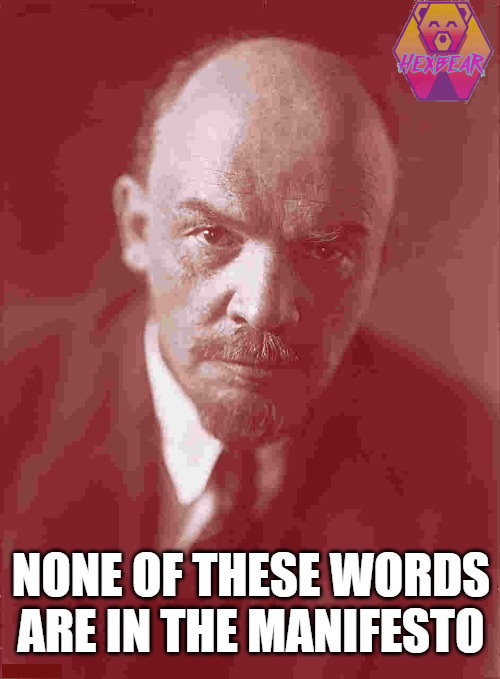they find a torah and one character wonders aloud what kind of ink was used and another pipes in with "soy"? like what lol
It was only introduced in the 80s, but by 2001, soy based ink was used for virtually all printed materials you'd commonly encounter other than books and printouts from your home inkjet printer. Now it's slowly starting to be replaced by other organic solvent inks like bran, but most newspapers, advertising material, and packaging still use soy-based inks.
It does carry the benefit of being more recyclable and less environmentally harmful, but mostly it's just far cheaper than petroleum-based ink, and the switchover was done before rabid reactionaries started having access to social media to learn about things to complain about, so it's universally been accepted as just better ink.
Printer ink is mostly a blend of petroleum and other vegetable-based inks with different biodegradability levels based on the percentage of vegetable-based ink content. Book printing companies don't seem to publish which inks and dyes they use, so there's likely some level of industrial secrecy in cooking up the best blends for different types of paper.
It does carry the benefit of being more recyclable and less environmentally harmful, but mostly it's just far cheaper than petroleum-based ink, and the switchover was done before rabid reactionaries started having access to social media to learn about things to complain about, so it's universally been accepted as just better ink.
What happened to it now? Is it still as common?
It has replaced petroleum-based inks in even more places, but it has also led to even more vegetable-based inks becoming common, and it turns out that some of them are even better suited for certain purposes.
So, it's perhaps becoming less ubiquitous, but only because we're finding even better inks and are printing fewer things than we were 20 years ago. Don't worry, there isn't a backslide, just positive progress.




